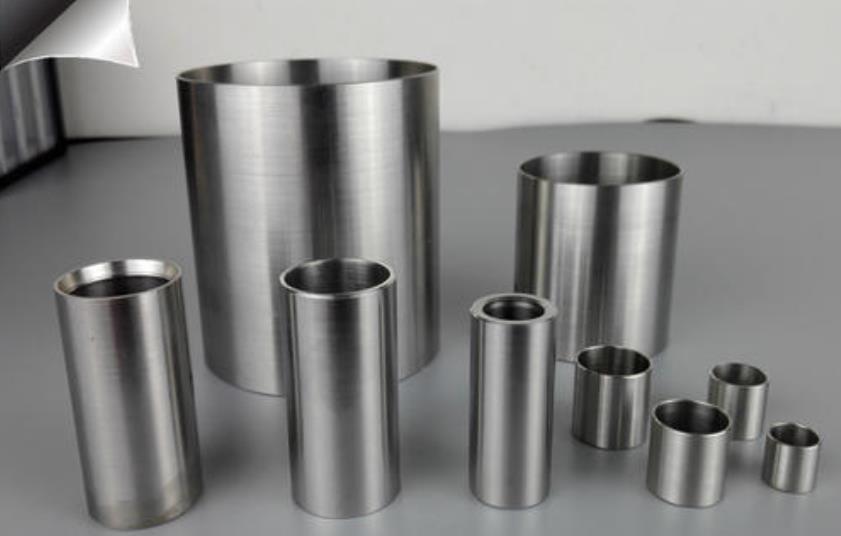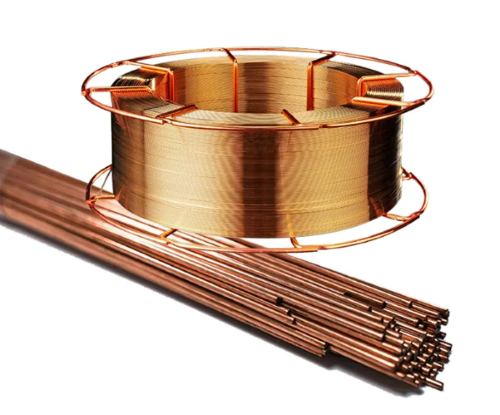Uses of Molybdenum and Molybdenum Alloys
Because molybdenum and molybdenum alloys have the characteristics of good high-temperature performance, high thermal conductivity, and low expansion coefficient, they are widely used in high-tech and other fields. In this article, we will take a closer look at the uses of molybdenum and molybdenum alloys.

Uses of Molybdenum and Molybdenum Alloys
The Uses of Molybdenum and Molybdenum Alloys in the Iron and Steel Industry
As an alloying element of steel, molybdenum can improve the strength of steel, especially the high-temperature strength and toughness. In addition, it can improve the corrosion resistance of steel in acid-base solutions and liquid metals. Besides, it can also improve the wear resistance of steel and hardenability, weldability, and heat resistance.
Molybdenum is a good element that forms carbides. It will not be oxidized during the steelmaking process. It can be used alone or in combination with other alloying elements.
Molybdenum is used together with chromium, nickel, manganese, and silicon to produce different types of stainless steel, tool steel, high-speed steel, and alloy steel.
The Uses of Molybdenum and Molybdenum Alloys in the Field of Electronic and Electrical
Molybdenum has good electrical conductivity and high-temperature performance, especially its thermal expansion coefficient is very close to that of glass. Therefore, it is widely used in the core wire, lead wire, side rod, and other parts of the spiral filament in the bulb, and used as the grid and anode support material in the electron tube.
In addition to the use of pure molybdenum in the modern electronics industry, Mo-Re alloys can be used as structural materials for electronic tubes and special bulbs. Besides, Mo-50Re and TZM alloys can also be used as thermionic cathode structural components in high-power microwave tubes and millimeter-wave tubes.
The Uses of Molybdenum and Molybdenum Alloys in Car Spraying
The melting point of molybdenum is as high as 2620°C, and it has good high-temperature performance and corrosion resistance and has a strong bonding force with steel. Therefore, it is the main thermal spraying material in the production of automobile parts.
Thermal spray materials can significantly improve the performance of piston rings, synchronizer rings, shift forks, and other worn parts, and are also used to repair worn crankshafts, rolls, shafts, and other mechanical parts.
The Uses of Molybdenum and Molybdenum Alloys in High-Temperature Components
Molybdenum features high purity, good high-temperature resistance, and low vapor pressure, so it is often used to make heating elements and structural materials for high-temperature furnaces. Molybdenum has good ablation resistance in molten quartz. It is often used as an electrode for energization and melting in the glass industry, and its service life can reach more than one year.
In addition to being used as an electrode, molybdenum can also be used as a high-temperature structural material for glass melting, such as guide grooves and pipes. The use of molybdenum instead of platinum on the glass fiber drawing furnace has a good effect and greatly reduces the production cost.
The Uses of Molybdenum and Molybdenum Alloys in Oil Extraction
Molybdenum can not only be used in oil and gas field drilling pipelines but also often combined with cobalt and nickel as a catalyst for petroleum refining pretreatment.
In addition to the above-mentioned uses, molybdenum and its alloys can also be used in fields such as nuclear industry, aerospace, and environmental protection.
Conclusion
Thank you for reading our article and we hope it can help you to have a better understanding of the uses of molybdenum and molybdenum alloys. If you want to learn more about molybdenum and molybdenum alloys, we would like to advise you to visit Stanford Advanced Materials (SAM) for more information.
As a leading supplier of molybdenum products across the world, SAM enjoys over two decades of experience in the manufacture and sale of molybdenum tube, molybdenum powder, and molybdenum alloys, offering customers high-quality molybdenum products to meet their R&D and production needs. As such, we are confident that SAM will be your favorite molybdenum product supplier and business partner.



